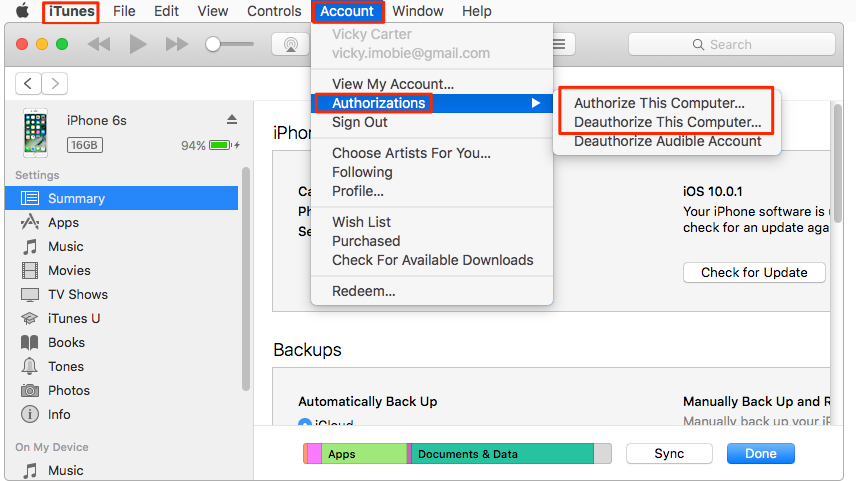Rather than carrying around a separate MP3 player or PMP, it's worth considering the iPhone as a music player so you can carry your iTunes library with you. If you've never synced music to your iPhone, follow this iTunes tutorial to see how simple it really is.

Setting Up iPhone Music Transfer
Download Music To My Iphone Free
Before following this iPhone syncing tutorial, go through this simple checklist:
Mar 21, 2017 Adding new tunes to your iPhone or iPad from your Mac or PC can be a little tedious at times, especially if you want to add your entire library at once. If you want to have all your music locally stored on your iPhone or iPad, there's a little trick you can use to accomplish that. If you create a. However, there remained a couple of apps that can still bring new music to your iPhone. Check the list of these best music download apps for iPhone in our post. SEE ALSO: 5 Ways to Stream Music on iPhone to Get Tons of Music. SEE ALSO: How to Play YouTube Music on iPhone in the Background. Spotify is widely known in the United States.
- Keep iTunes up-to-date Ensure that you have the latest iTunes software version installed on your computer before plugging in your iPhone. iTunes should automatically check this when it is run, but you can also force an update check by clicking the Help menu and choosing Check for Updates (Mac: click the iTunes menu tab, followed by Check for Updates). Once you have made sure iTunes is up-to-date, close the program again.
- Don't have iTunes installed? If not, you can download the latest version from the iTunes website.
- Remember, iTunes only performs a one-way synchronization Keep in mind that iTunes only performs a one-way synchronization to your iPhone and not both ways. This means any songs found on your iPhone that aren't on your computer will be deleted.
Connecting the iPhone
Follow these steps to see how to connect the iPhone to your computer and select it in iTunes.
Using the dock connector that came with your iPhone, plug it into your computer – this will most likely be the USB port.
Run the iTunes software.
In the upper left part of the iTunes window, click on the iPhone icon, just to the right of the media menu.
You'll be able to see your iPhone in the left iTunes window pane, under the Devices section. You can select any of the media types if you expand the section with the little triangle.
If you can't see your device, then check out out this guide on fixing iTunes Sync Problems for more information.

Automatic Music Transfer Method
The easiest way to transfer music to the iPhone is by using the automatic sync method:
On the iTunes window now showing your device, click on the Music menu tab in the left pane.
Ensure the check box next to the Sync Music option is enabled – click this check box if not.
To enable the transfer of all your music, click the radio button next to the Entire music option.
If you prefer to select only certain songs from your iTunes library, then you'll need to click the radio button next to Selected playlists, artists, albums, and genres. You can specify the playlists, artists, albums, and genres below - scroll down and click on the stuff you want to sync.
Finally, to start automatically syncing music to your iPhone, click the Apply button to commence the transfer process.
Setting up Manual Transfer Mode
If you don't want iTunes to automatically transfer music to your iPhone, it's possible to configure the program for manual syncing. This method offers more control over what iTunes syncs to your iPhone. Before you can do this, you'll first need to switch from the default automatic mode. To see how this is done, follow these steps:
Near the top of the main iTunes screen, click on the Summary button in the left panel.
Click the check box next to the Manually manage music option to enable this mode. Finally click the Apply to save the settings.
Download Music To My Iphone Without Itunes
Transferring Music Manually
Now that you have changed iTunes' sync mode to the manual transfer method, you can start selecting the songs and playlists you want to copy to the iPhone. Follow this quick tutorial to see how to select and drop music onto your iPhone:
In the left iTunes window pane, locate the Library section. Underneath this, click on the Songs option. You can also select Albums, Artists or Genres, then click through to find songs and videos that match.
You can now easily drag and drop songs from the main iTunes window to your iPhone via its icon (in the left pane under Devices). If you've got a lot of songs to manually transfer, then hold down the [CTRL] key (for Mac use the [command] key) and choose your songs – this will then enable you to drag the selected group of songs to your iPhone in one go.
As an alternative to manually dragging songs to your iPhone, consider using iTunes playlists. These are easy to setup and will save you heaps of time when syncing. If you have previously created iTunes playlists that you want to sync to the iPhone, just drag and drop these in the same way onto the iPhone icon in the left pane.
Tips
- If you've already got iTunes installed, but discover it fails to run or has problems updating, then it's worth downloading and re-installing an up-to-date version from the iTunes website – it may just fix the problem! After this step you may need to restore your iTunes library from a previous backup.
- iTunes helps you to see how much storage space is remaining on your iPhone. It's recommended to check this before transferring songs and you can use the capacity meter near the bottom of the screen to help you.